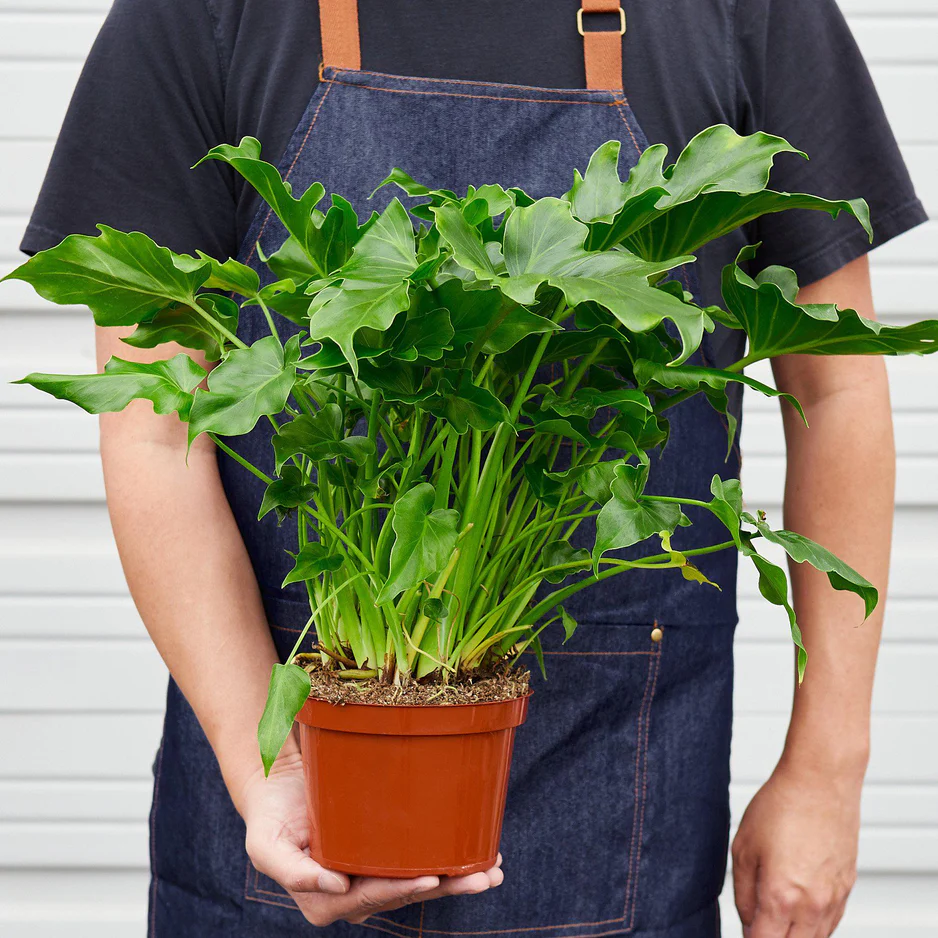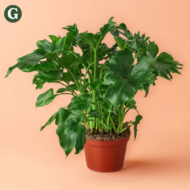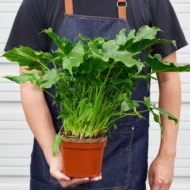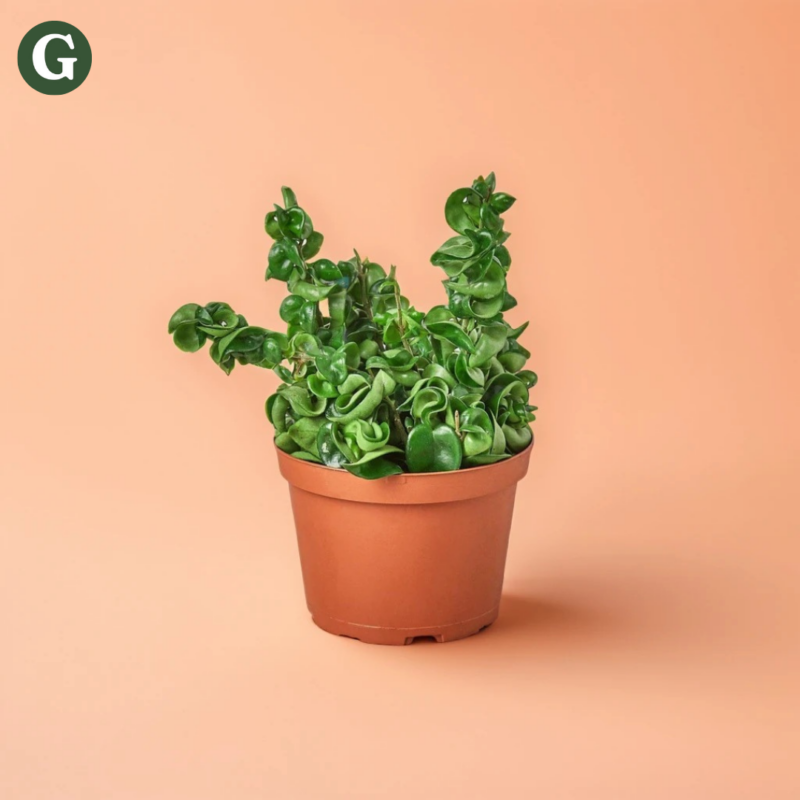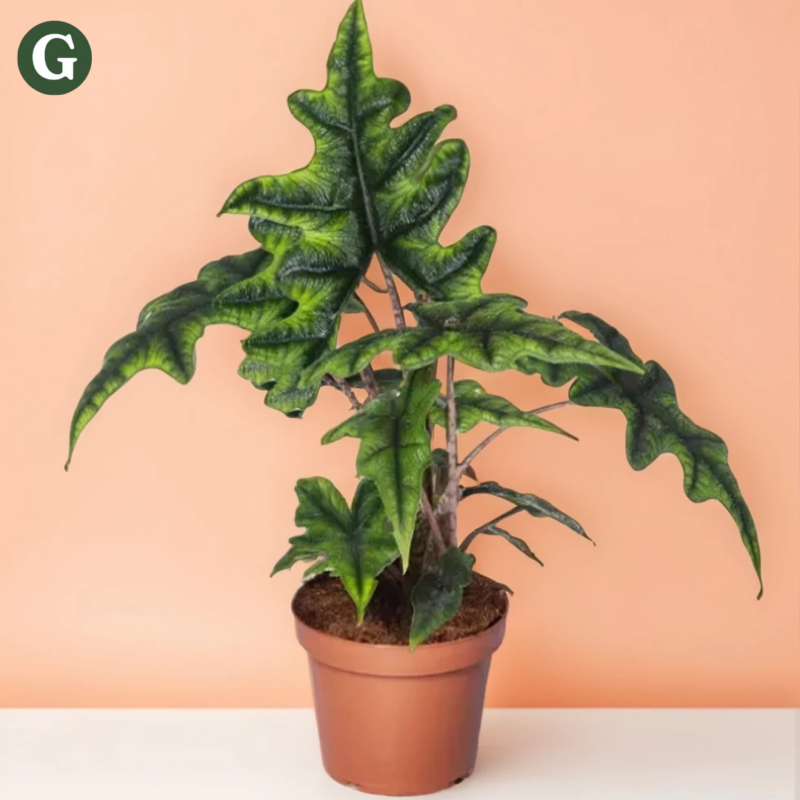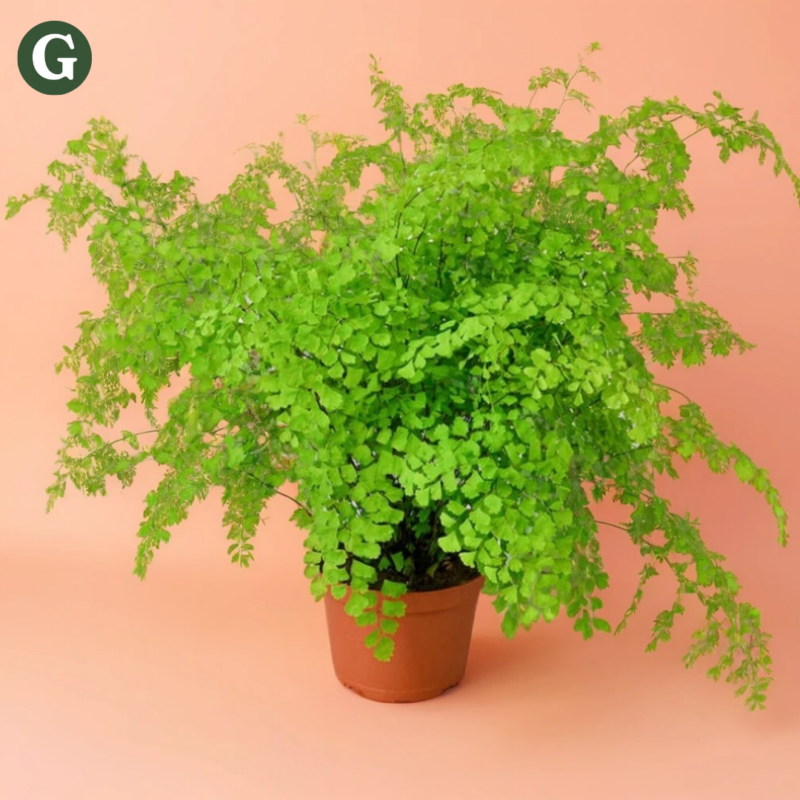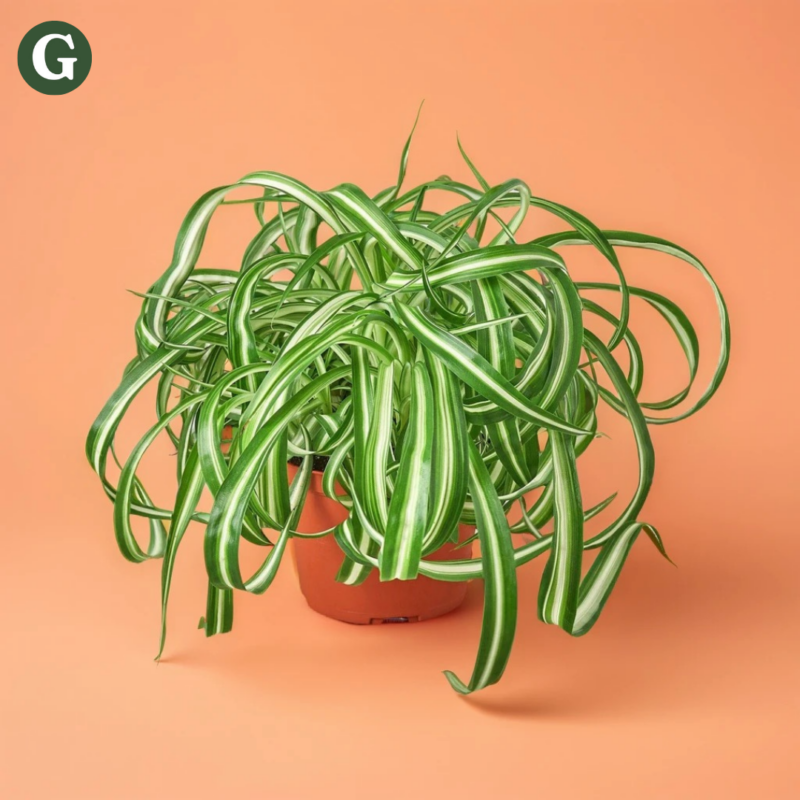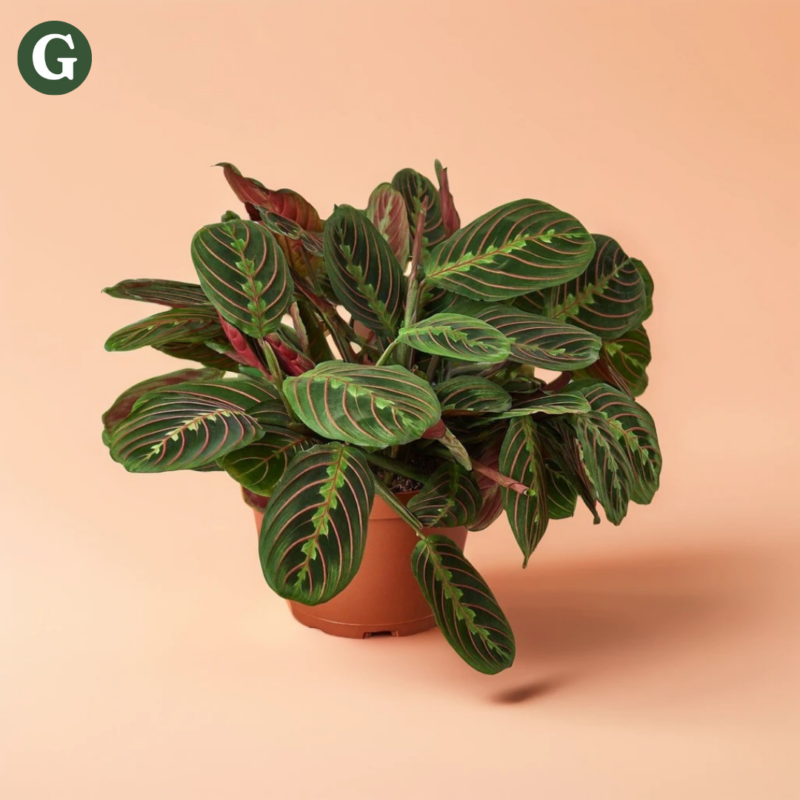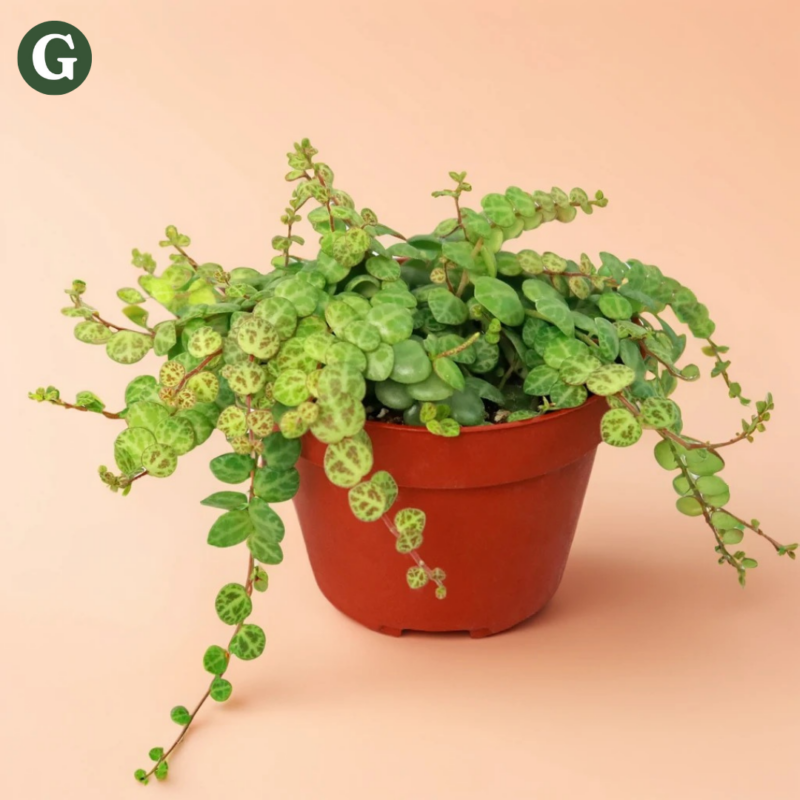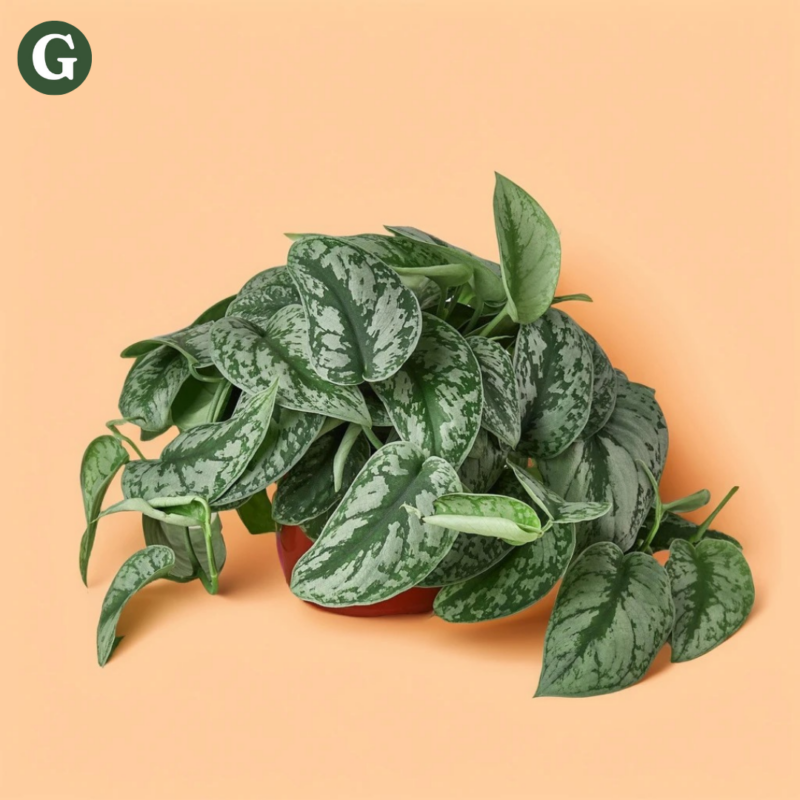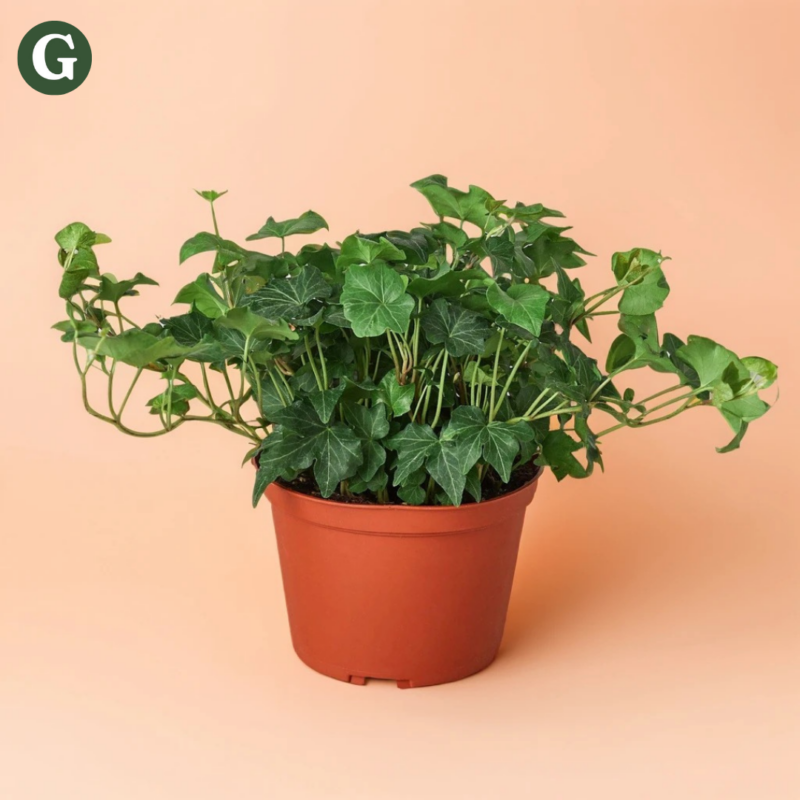Philodendron Little Hope
Botanical Name: Philodendron 'Little Hope'
Common Name(s): Little Hope Philodendron
Philodendron Little Hope is a compact and low-maintenance variety known for its lush, heart-shaped leaves that have a rich, deep green color. This small yet sturdy plant has a bushy growth habit and is ideal for small spaces like desks, tabletops, or hanging baskets. Native to tropical regions, Little Hope Philodendron typically grows to about 12-18 inches in height, making it a perfect addition to indoor gardens without taking up too much room.
Philodendron Little Hope thrives in bright, indirect light, but it can tolerate lower light levels, though it may grow more slowly. It prefers well-draining soil and should be watered when the top inch of soil feels dry to the touch. Overwatering should be avoided as it can lead to root rot. The plant is adaptable to average indoor humidity but may benefit from higher humidity levels, especially in dry environments.
Air Purifying Qualities:
- Toxin Removal: Philodendron Little Hope is effective in removing common indoor toxins like formaldehyde, benzene, and xylene from the air, improving the air quality of your home.
- Oxygen Production: Like other Philodendrons, Little Hope absorbs carbon dioxide and releases oxygen, enhancing the freshness and cleanliness of indoor air.
- Humidity Regulation: It also helps maintain indoor humidity levels by releasing moisture through transpiration, which can be especially beneficial in dry environments, promoting a more comfortable living space.
Note: Philodendron Little Hope is toxic to pets (cats and dogs) if ingested, so it’s important to keep it out of reach of curious animals. It’s always a good idea to monitor pets to ensure they don’t chew on the plant.
Care Insights & Expert Tips
- Fertilize regularly: Feed your plant with a balanced liquid fertilizer diluted to half strength every 4 weeks during the spring and summer season.
- Monitor for pests: Keep an eye out for common houseplant pests like mealybugs and spider mites. Treat infestations promptly with insecticidal soap or neem oil.
- Be patient: Philodendron Little Hope is a slow grower, so don't be discouraged if it doesn't grow rapidly.
- Repotting: Repot every 1-2 years or when the plant becomes root-bound. Use a well-draining potting mix, such as peat-based or general houseplant mix, and select a pot that’s just 1-2 inches larger than the current one.

Visit our plant care library
Find essential tips to keep your plants thriving, vibrant, and healthy.

